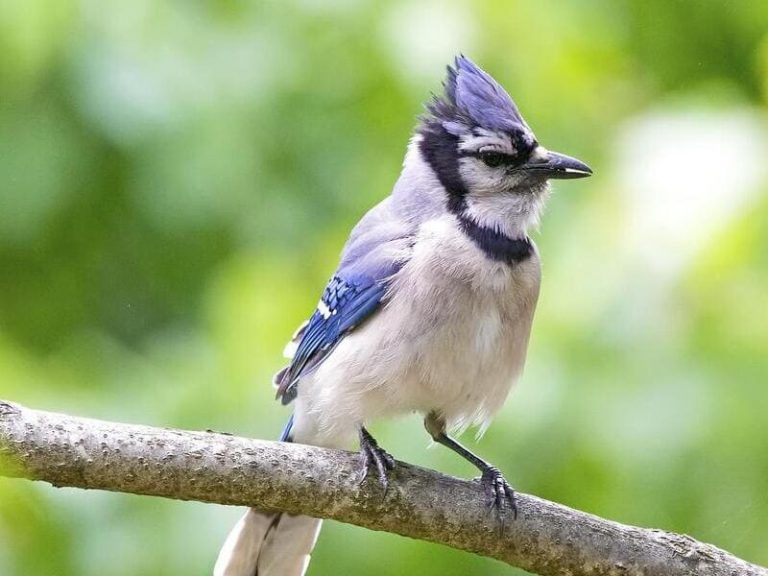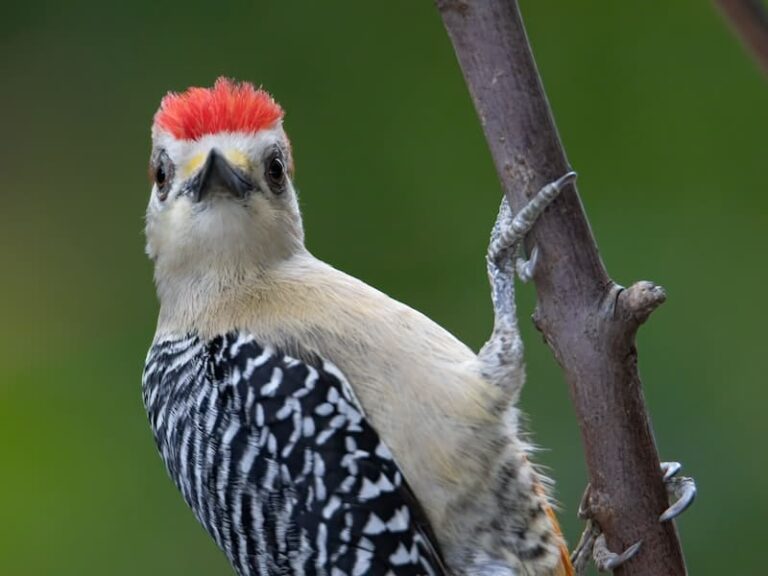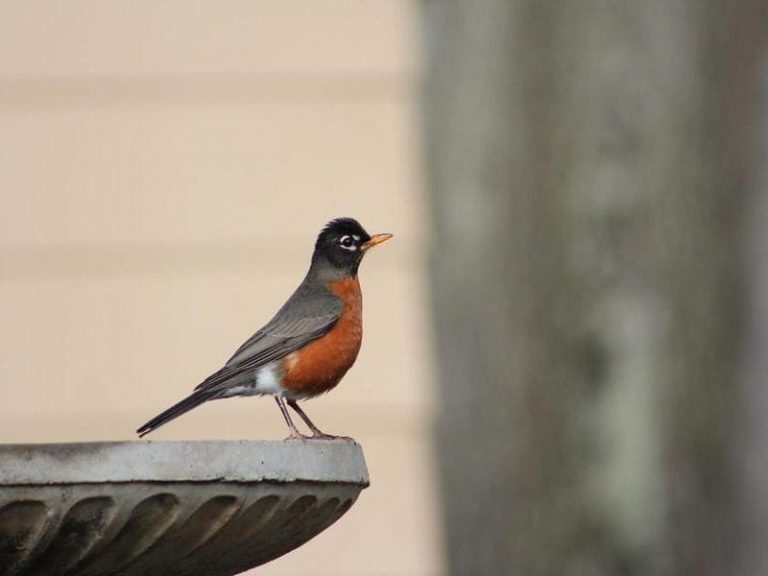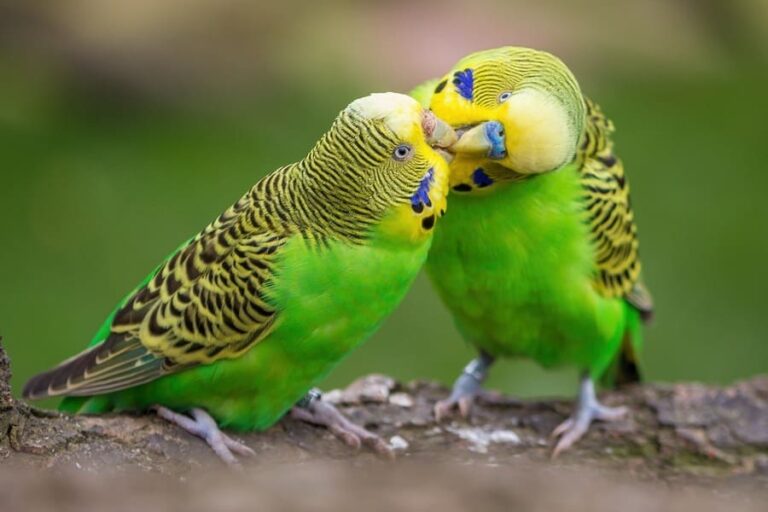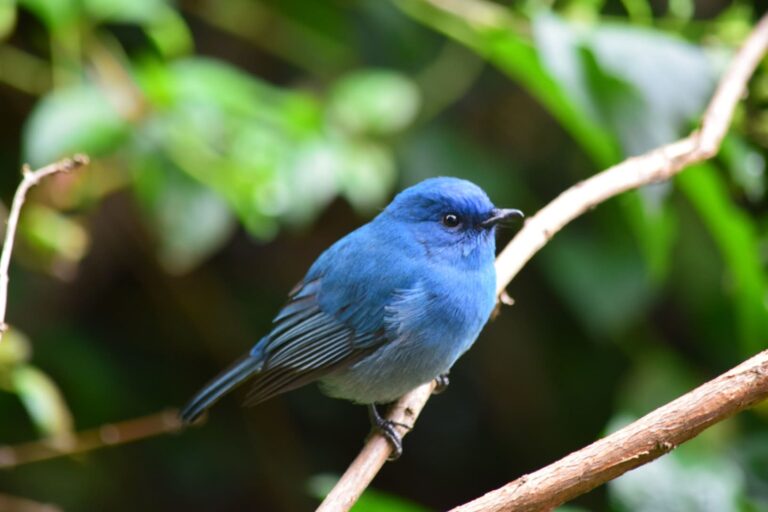Identify Male and Female Pigeons (Male vs Female)
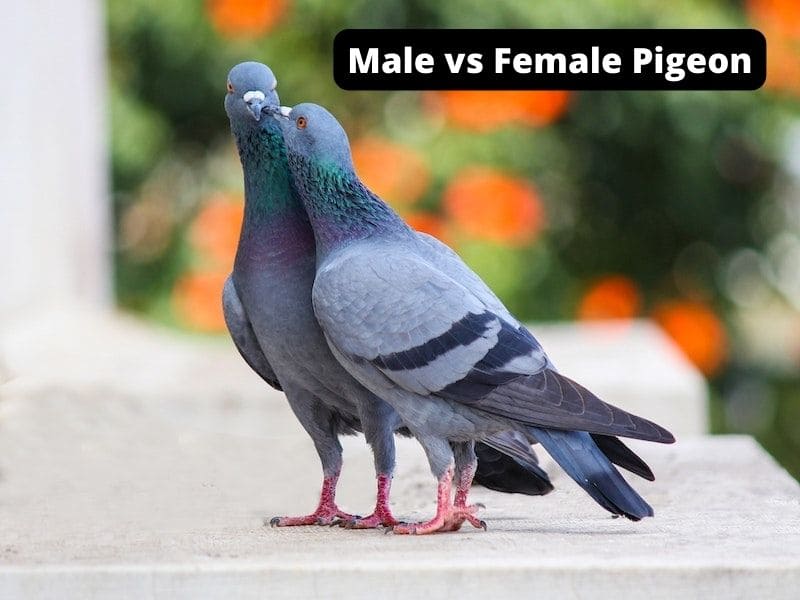
If you don’t know how to identify male and female pigeons? It can be tricky, but once you know what to look for, it’s easy!
In this blog post, we will discuss the differences between male and female pigeons. We will talk about their physical characteristics as well as their behavior. We will also provide tips on how to sex pigeons correctly.
So whether you’re a beginner or an experienced pigeon fancier, this post is for you. Because by the end of this post, you will be an expert at identifying male and female pigeons. Male and female pigeons look very similar, but there are a few key ways to identify gender in these birds.
One telltale sign is the cere, the fleshy protrusion on the top of the beak. Another way to tell male and female pigeons apart is by their size.
Finally, male pigeons tend to have brighter plumage than females, with more vibrant colors on their chest and back. By keeping an eye out for these subtle differences, you can easily identify male and female pigeons.
How Can You Tell If A Pigeon Is Male Or Female?
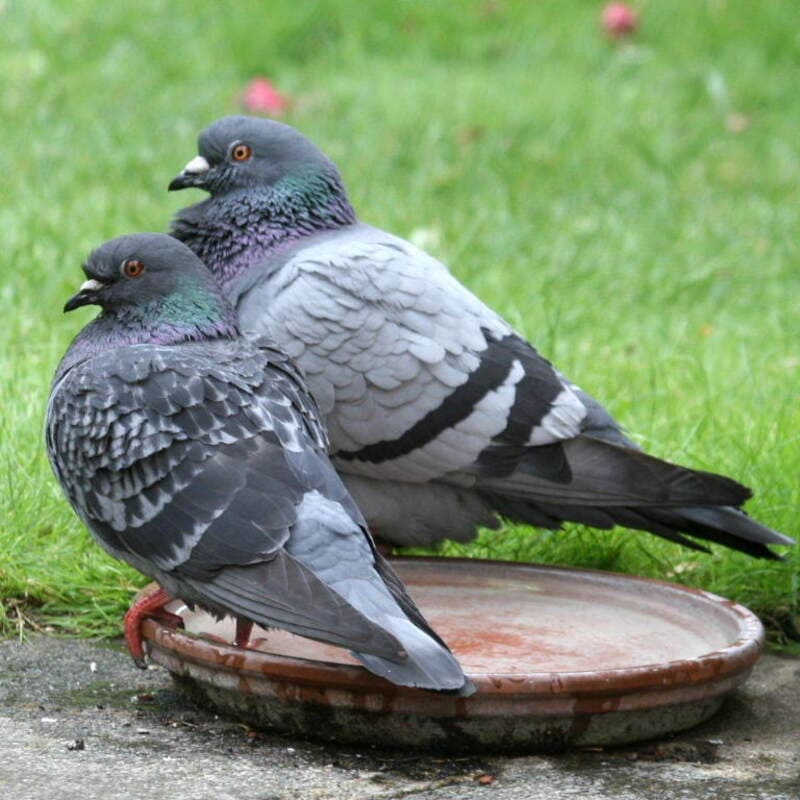
Male and female pigeons look very similar. However, there are a few ways to tell them apart. Male pigeons have a slightly bigger head, and their neck is usually thicker than the female’s.
Additionally, male pigeons typically have a bluish tint around their eyes while females do not. Finally, the male’s tail is usually more curved than the female’s.
What Does A Female Pigeon Look Like?
Female pigeons have a slightly smaller beak and a slightly shorter tail than the males. In addition, the plumage of females is usually more muted in color than that of the males.
Are Female Pigeons Bigger Than Males?
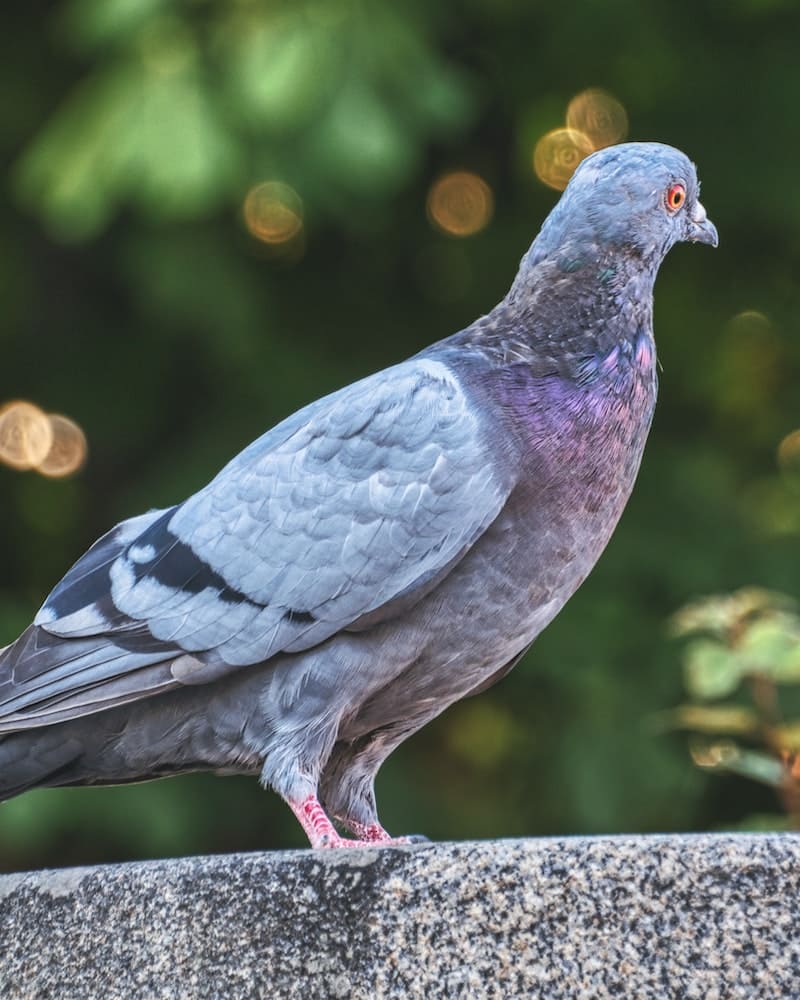
Yes, female pigeons are typically a little bit bigger than males. This is because the female’s body has to be able to support the eggs that she will lay. The average female pigeon weighs about 12 ounces, while the average male pigeon weighs about 10 ounces.
One possible reason for the difference in size between males and females is that females need more energy in order to produce eggs.
Another possibility is that males expend more energy fighting for mates or defending their territory. Still, other factors, such as diet and environment, can also play a role in determining a pigeon’s size.
Recommended reading: Birds That Bring Good Luck
Other Differences Between Male And Female Wood Pigeons
Male and female wood pigeons look very similar, but there are a few subtle differences. The male has a bluish-grey band on the back of its neck, while the female does not. The male also has a black band on its tail, which the female lacks.
The most noticeable difference between the sexes is their behavior. The male is much more aggressive than the female, and will often fight with other males over territory or food.
The female is much more passive and will usually only fight if she’s defending her chicks. Finally, male wood pigeons have a larger beaks than female wood pigeons.
Identifying Male And Female Pigeons
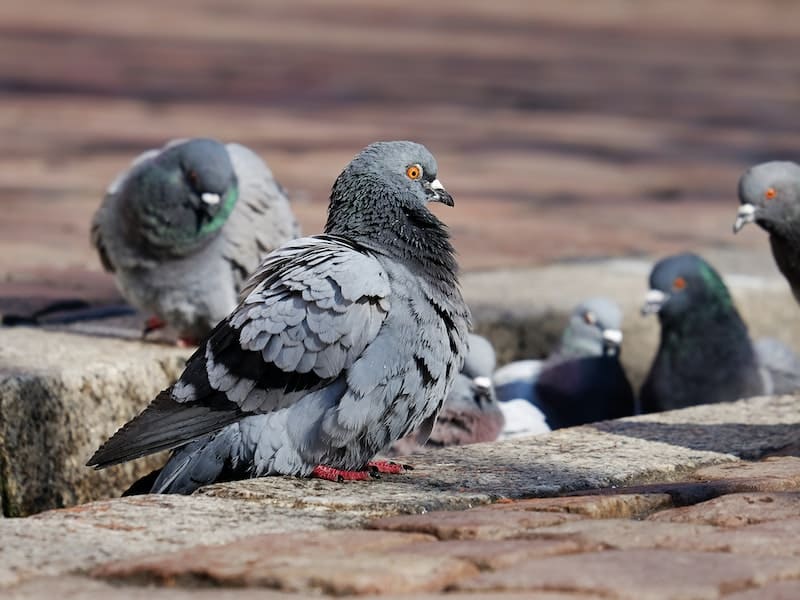
Male and female pigeons can be easily identified by their physical features. Male pigeons are typically larger in size and have a more robust chest.
They also have a characteristic “double crest” of feathers on their head. Female pigeons are smaller in size and have a less pronounced chest. Their head is typically adorned with a single crest of feathers.
Another way to identify the gender of a pigeon is by checking its reproductive organs. Male pigeons have two protruding reproductive organs called “cloacas“. Female pigeons have only one cloaca (located at the tip of the tail), which is round in shape.
Male pigeons also have larger combs on their heads (used for courtship), while female pigeons have smaller combs. Male and female pigeons both have wattles (fleshy growths on the neck), but male wattles are generally larger than female wattles.
Behavior
Male pigeons are more aggressive and territorial than female pigeons. They will stake out a territory and aggressively defend it against other males, while female pigeons are more likely to share a territory. Male pigeons also tend to be more promiscuous than female pigeons, while female pigeons are more likely to stay monogamous.
Appearance
The male pigeon is usually larger and more robust than the female pigeon. The male also has a bluish-black beak and eye ring, while the female’s beak and eye ring are generally a light yellow or tan color.
In addition, the male has a patch of iridescent green feathers on his head, while the female does not. We hope now you know the difference between male vs female pigeon.
Nest Building
Male pigeons will build their nests using a more haphazard and less orderly arrangement of materials, while female pigeons will typically construct a neater and more symmetrical nest.
Additionally, male pigeons will often incorporate larger and more sturdy materials into their nests, such as sticks or metal wiring, while female pigeons will generally use softer materials like grasses or feathers.
Calls And Vocalizations
Male and female pigeons make different vocalizations. Males make a cooing sound, while females make a clucking sound. The different sounds are thought to be used to communicate different things. Males use cooing to attract mates, and females use clucking to defend their nests or chicks.
Reproduction
The two sexes have different reproductive strategies. Females invest more in reproduction, producing a single offspring and taking care of it until it is able to fend for itself. Males, on the other hand, produce many offspring but invest little in their care.
In addition, females choose their mates while males compete for mates. This way you can find a difference between male vs female pigeon.
Head And Neck
In male pigeons, the neck is thicker, and there is a more pronounced bulge at the top of the head. In female pigeons, the neck is thinner, and there is less of a bulge at the top of the head.
This is because male pigeons use their necks to fight and display aggressive behavior, whereas female pigeons do not have to fight and do not need such a strong neck.
Eyes
The eyes of male and female pigeons are different in a few ways.
- First, the iris of a male pigeon’s eye is usually a darker color than a female pigeon’s eye.
- Second, the pupil of a male pigeon’s eye is usually more elongated than the pupil of a female pigeon’s eye.
- Third, the area surrounding the eyes of male and female pigeons is also different. The area around a male pigeon’s eye is usually more feathered than the area around a female pigeon’s eye.
Bone Structure
The bone structure of male and female pigeons is generally the same, with a few exceptions. For example, the pelvic bones of male pigeons are typically more elongated than those of female pigeons, which allows them to better support their reproductive organs.
Toes
Male pigeons have one spur on their feet, while female pigeons have two. The spurs are used for defense and mating. During courtship, the male will flap his wings and present his spurs to the female. If she is interested, she will touch her beak to his spurs, signaling that she accepts him.
Dating And Mating
Mating behavior in pigeons is usually divided into two stages:
- The male pursuit stage
- The female choice stage
In the pursuit stage, the male pigeon exhibits behaviors such as tail-wagging and cooing to attract a female. If the female is interested, she will enter into a courtship ritual with the male.
The choice stage begins when the female pigeon accepts or rejects the male’s advances. If she accepts, copulation will occur; if she rejects, the male will often continue to pursue her until she relents or leaves.
Dating in pigeons does not always lead to mating. During dating, both males and females engage in behaviors such as strutting and bowing that are not seen during other parts of the mating process.
These behaviors likely serve to increase the pair’s bonding and familiarity with each other. However, not all pairs that date will mate; in some cases, the relationship may dissolve before copulation ever occurs.
The Mating Ritual
In general, the mating ritual of male and female pigeons involves the male pigeon standing on top of the female pigeon and flapping his wings rapidly.
This behavior is thought to help spread his scent around and let the female know that he’s interested in her. If the female is receptive, she’ll allow him to stay on top of her and they’ll eventually mate.
Incubation
There are a couple of key differences between male vs female pigeon when it comes to incubation. Incubation temperatures play a role in the sex of the pigeon chicks that hatch. Higher temperatures induce more female chicks and lower temperatures induce more male chicks.
What Else Can Be Done To Identify A Pigeon’s Gender?

There are a few other ways to identify a pigeon’s gender. One is by looking at the distance between the pigeon’s eyes and beak. If the distance is greater than the width of one eye, then it is likely a female. Another way to determine gender is by doing the following tests.
Aggression Test
The aggression test is used to determine a pigeon’s gender. It is a simple procedure in which the pigeon is confronted by another pigeon, and the intensity of their response is observed. The test can be performed on adult pigeons or young pigeons that have not yet reached sexual maturity.
Generally, males will be more aggressive than females and will attack the other bird more vigorously. Males will also exhibit a broader range of behaviors, such as bowing, lunging, and pecking. Females are generally less aggressive and will typically only attack if they are threatened or if their chicks are being threatened.
Wing Test
Male and female pigeons look very similar, but there are a few ways to tell them apart. One way is to perform a ‘Wing Test’. To do this, hold the pigeon with its wings outstretched and look at the tips of its wings.
If the tips of the wings curve inward, then the pigeon is male. If they curve outward, then the pigeon is female. This way you can find a difference between male vs female pigeon.
DNA Test
There are a few ways to determine the sex of a pigeon, and one of them is through DNA testing. This test is conducted by extracting DNA from a blood sample or tissue sample and then using polymerase chain reaction (PCR) to amplify specific regions of the genome that are known to be different between males and females.
By analyzing the pattern of amplified DNA fragments, it’s possible to determine the sex of the bird with high accuracy.
Pendulum Sexing
Pendulum sexing is a method of sexing pigeons by determining the shape of their pelvic bones. In males, the pelvic bones are more U-shaped, while in females, they are more V-shaped. This method is not 100% accurate, but it can be used to give you a good idea of a pigeon’s gender.
Frequently Asked Questions (FAQs)

Let’s discuss some frequently asked questions about male vs female pigeon.
The male pigeon is called a “cock” and the female pigeon is called a “hen“. The male pigeon has a more colorful appearance than the female pigeon. Their beaks are also differently shaped. The male’s beak being more curved than the female’s.
The male pigeon is also typically larger in size than the female, and can weigh up to twice as much. They are also generally more aggressive than females.
The easiest way to tell a female pigeon from a male pigeon is by looking at their feathers. Females typically have more extensive and colourful plumage than males. Another way to tell them apart is by checking out their beaks. Female beaks tend to be slightly smaller and more delicate than those of males.
Male pigeons are typically larger and have a more robust build than female pigeons. They also have a larger beak and a concave breast.
The neck is thicker and the tail is shorter in males than in females. Additionally, male pigeons have a metallic green or bronze hue to their feathers, while female pigeons are generally more muted in color.
The easiest way to determine a pigeon’s gender is by looking at the color of its cere. The cere is a fleshy area just above a pigeon’s beak. Males usually have a blue cere, while females usually have a brown cere.
Yes, female wood pigeons can raise young on their own. Wood pigeons are able to lay eggs year-round, and the eggs will hatch in around 17 days. The mother will take care of the young until they are ready to fly away at around 5 or 6 weeks old.
Yes, pigeons mate for life. They are one of the few species that do. In fact, when a male and female pigeon are separated, they often become very distressed and may even die from loneliness. This is because they have a strong social bond and rely on each other for support and companionship.
Final Words
While both male and female pigeons look very similar to one another, there are a few ways to tell them apart. The easiest way to sex a pigeon is by looking at its cere.
Another way to distinguish males from females is by their behavior. No matter what your reason for wanting to know how to identify male vs female pigeon is, we hope this article was helpful.
Interesting articles:

